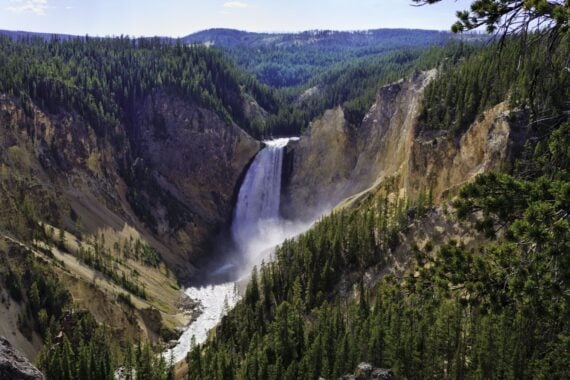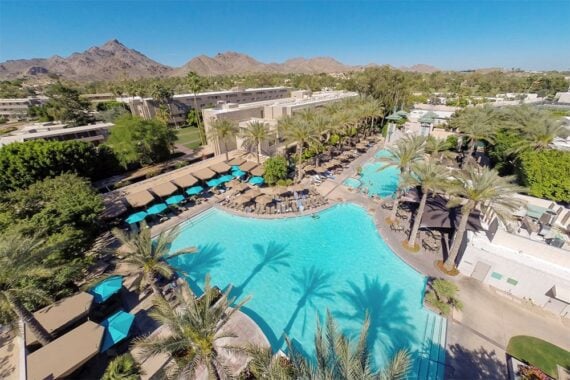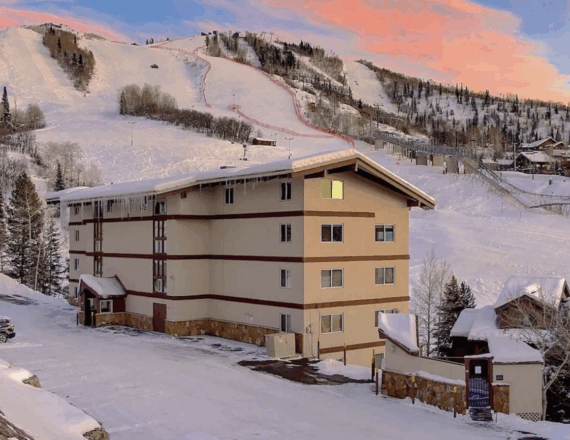One of America’s most famous national parks — and a bucket-list destination for many — turned 150 this year, and its sesquicentennial is off to a rocky start. Admission to Yellowstone National Park was halted as unprecedented rains washed out roads, created mudslides, and knocked out power. After welcoming visitors back June 22, it will almost fully reopen this weekend. In the meantime, though, two people have been gored by bison in just three days. Read on for more about Yellowstone’s bison and other little-known facts about the national park as it celebrates another turn around the sun.
Related: Incredible Photos of Every National Park in America
Bison Have Lived in Yellowstone for Millions of Years …

Yellowstone is the only place in the U.S. where these majestic animals have lived continuously since prehistoric times. The park also holds the largest bison population on public land. But Yellowstone visitors should be careful when encountering the animals: Bison have injured more people in Yellowstone than any other animal. The latest victim is a 71-year-old woman who stumbled upon a bison when she was walking to her car. The animal charged at her, marking the second bison attack at the park in three days.
Related: The Must-Visit National Park in Every State
… But They Almost Went Extinct
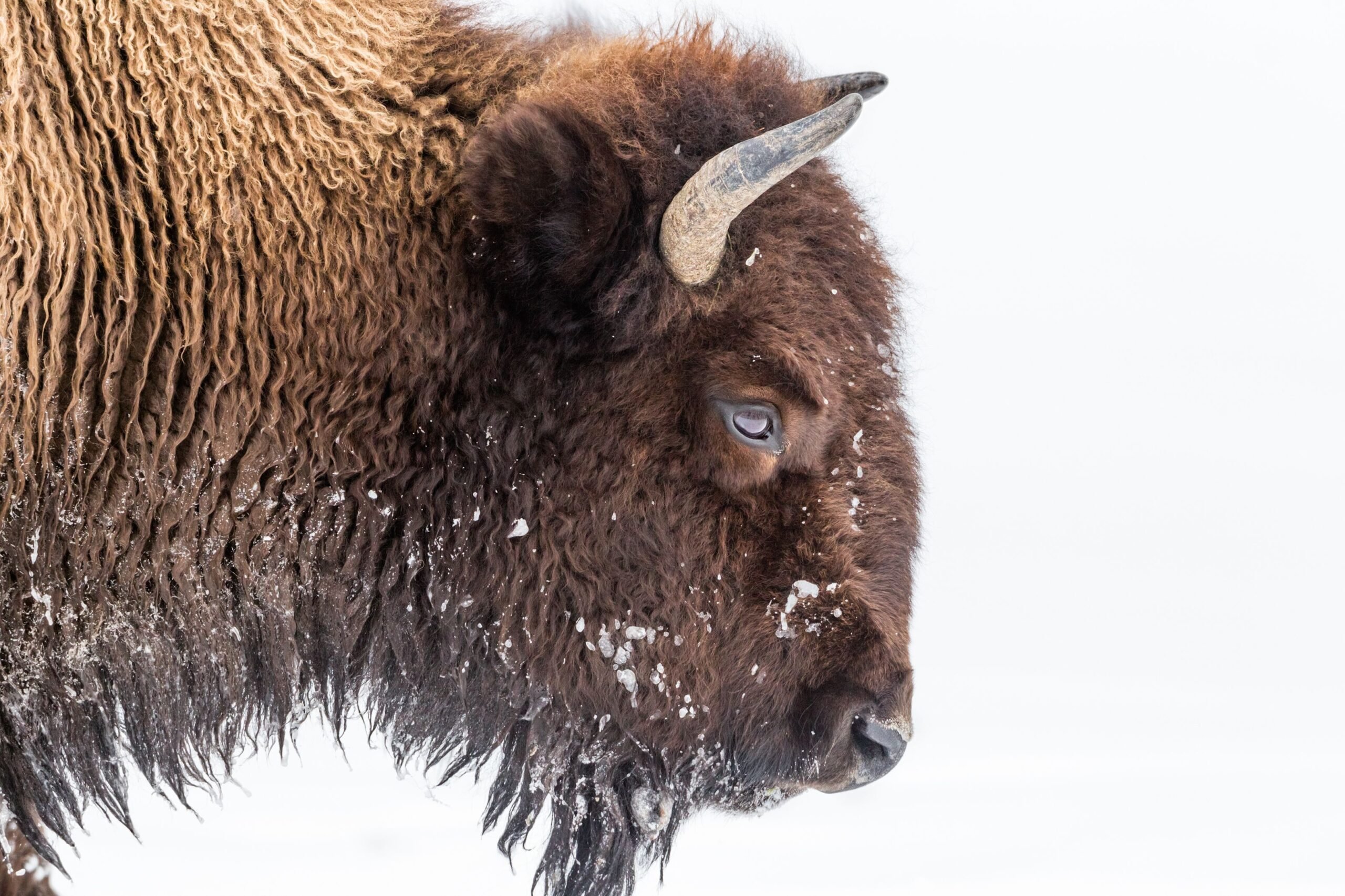
Today, roughly 5,000 bison call the park their home. But in 1916, there were only 23 left in the park after years of hunting the animal for sport, hide, and to cripple the Plains Indians who depended on bison for their food. A 1894 photo depicting bison heads confiscated from poacher Edgar Howell sparked a public outcry, eventually leading to the Lacey Act, which banned hunting, capturing, or killing wild animals in Yellowstone.
Related: Surprising Facts About America’s National Parks
Yellowstone Is America’s Very First National Park
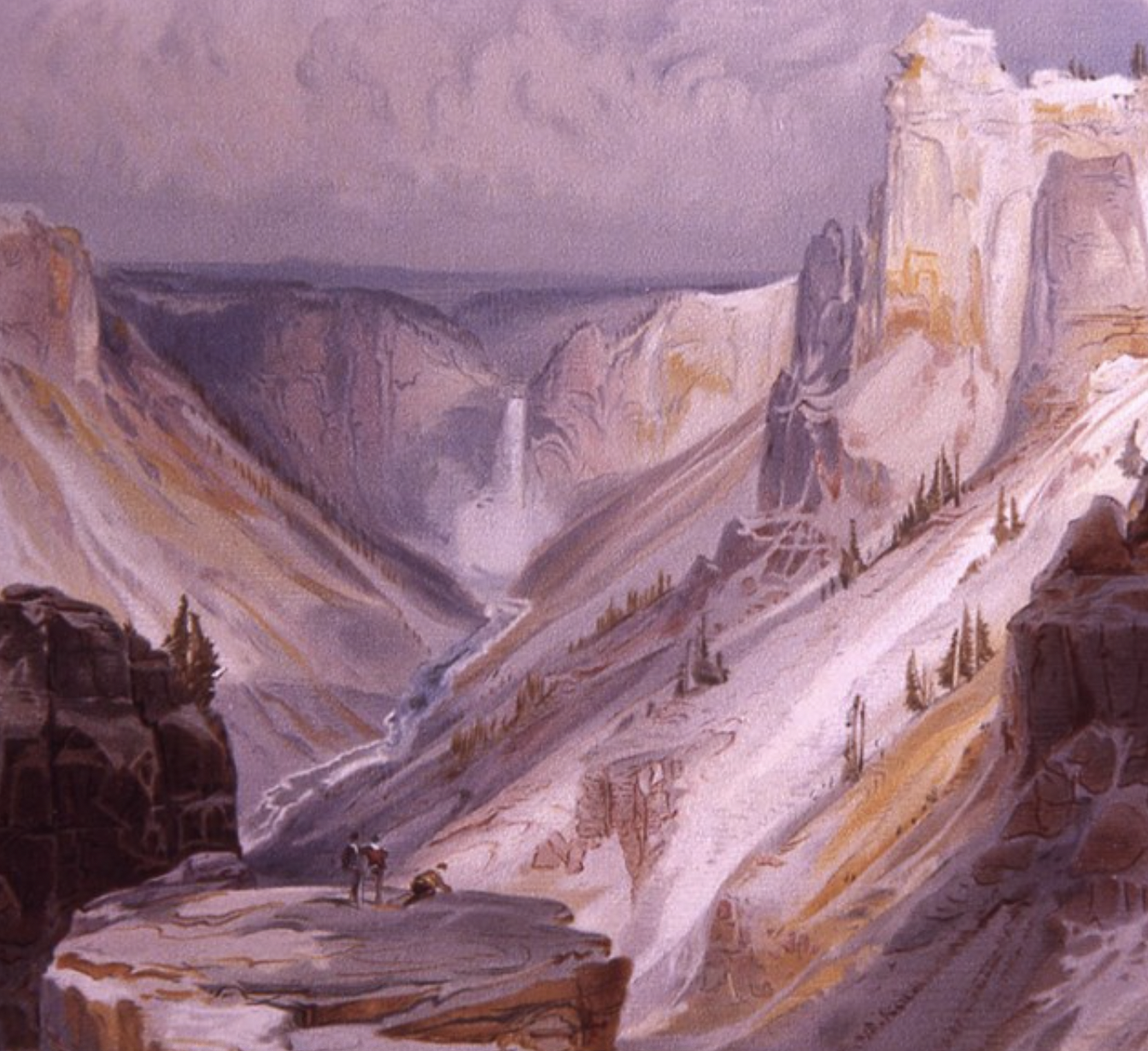
Established on March 1, 1872, Yellowstone became America’s first national park when President Ulysses S. Grant signed the Yellowstone National Park Protection Act. The act was designed to protect the park from private development — a commendable decision considering the United States was going through a time of massive expansion. Yellowstone’s success story paved the way for the formation of subsequent national parks, including Yosemite (which had previously been established as a state park), Sequoia, and Mount Rainier.
Related: Money-Saving Tips for Visiting National Parks
Yellowstone Is Larger Than Rhode Island and Delaware Combined
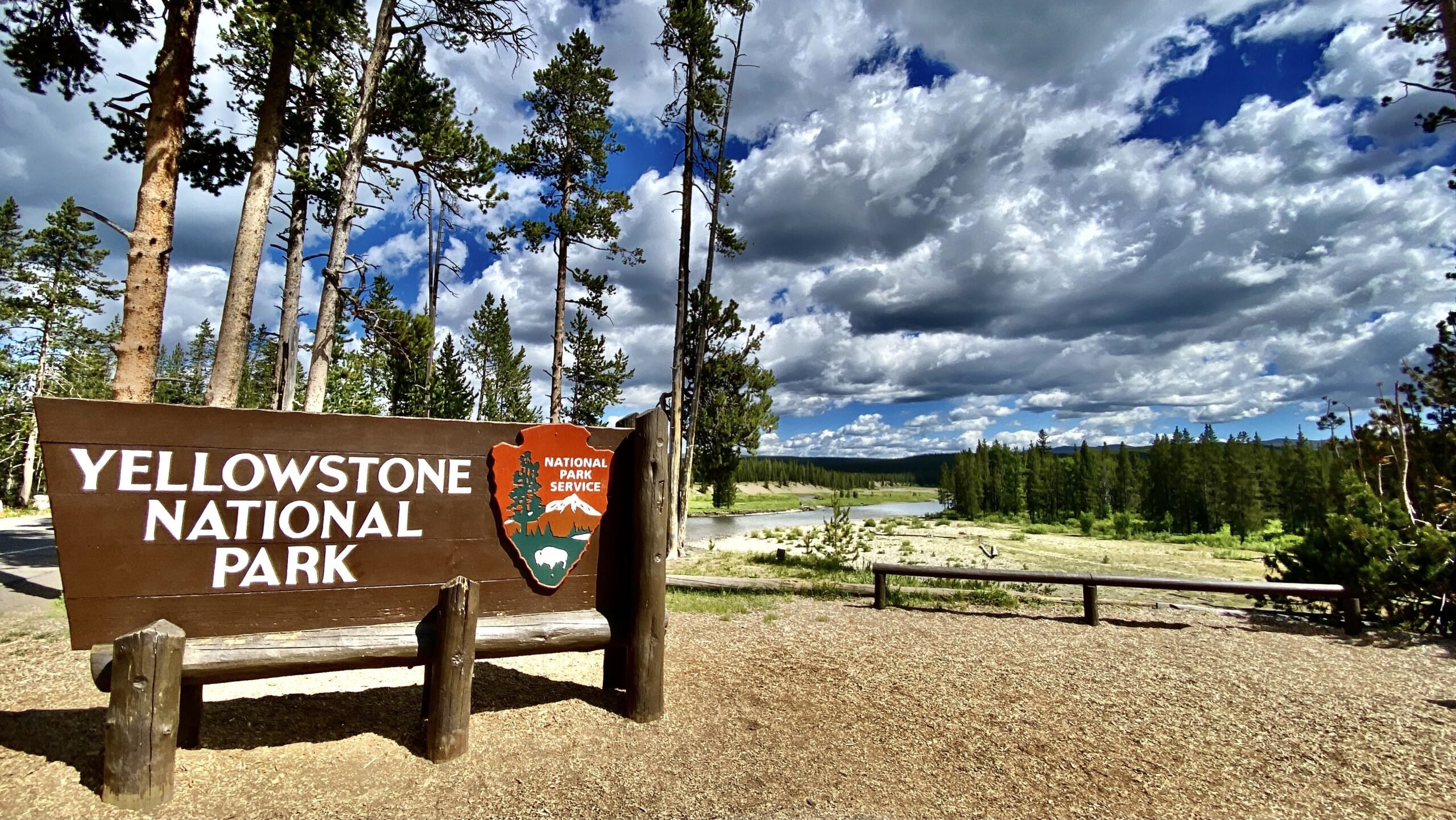
Yup, it’s that big. The park spans 3,472 square miles, or over 2.2 million acres. Yellowstone is so big that while it’s primarily located in Wyoming, it also crosses over into Montana and Idaho. It’s not the largest U.S. national park — that title goes to Alaska’s Wrangell-St. Elias National Park and Preserve — but it’s still a behemoth.
Related: Surprising Facts About America’s Favorite Summer Tourist Attractions
Yellowstone Is Updating Offensive Peak Names
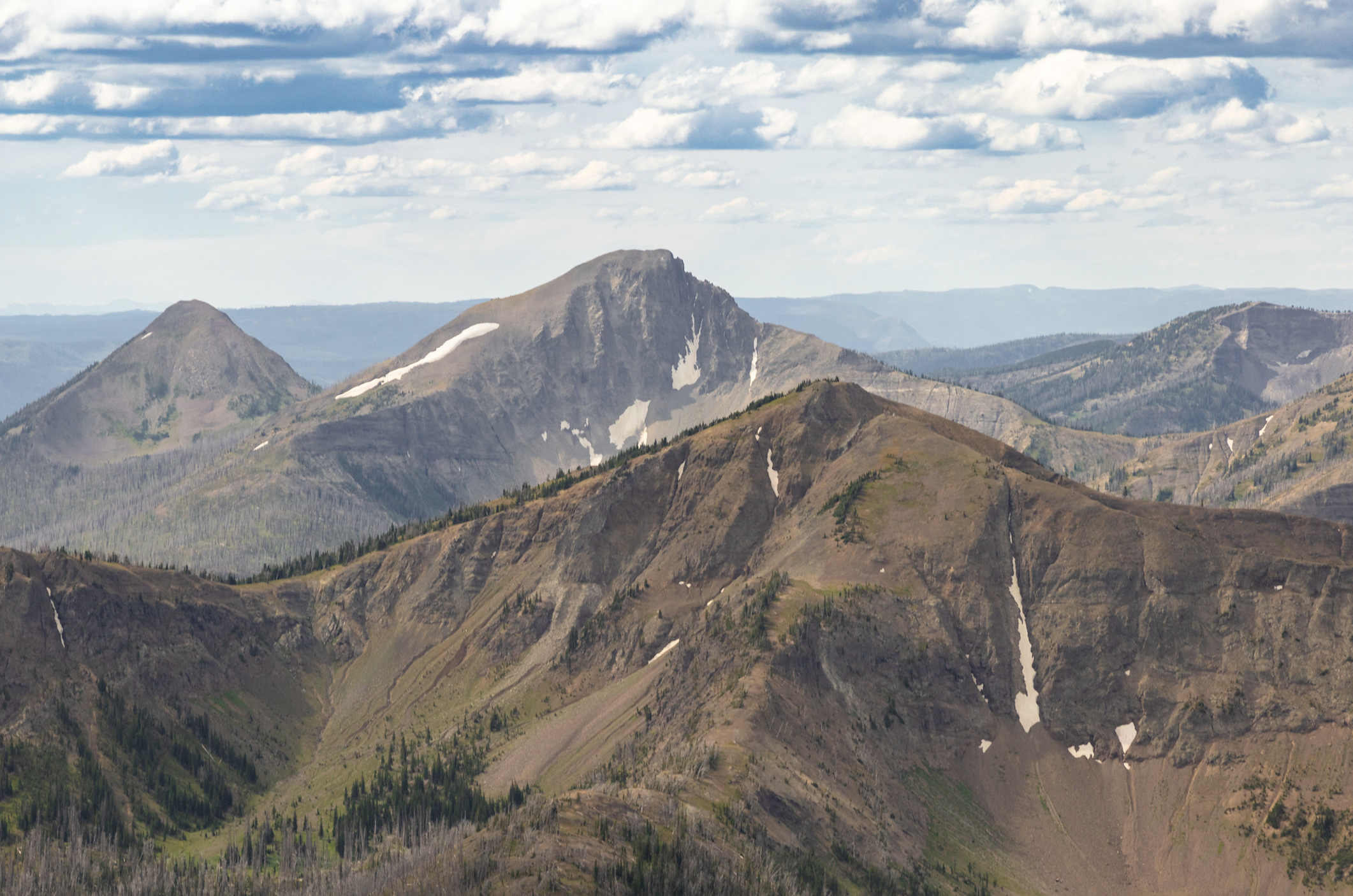
One of the largest peaks in Yellowstone was recently renamed. Mount Doane, a 10,551-foot peak, is now First Peoples Mountain after a unanimous vote by the U.S. Board of Geographic Names. The change came after recent research revealed that Gustavus Doane led an attack on a band of Piegan Blackfeet, killing 173, including women, elderly tribal members, and sick children. After the attack, which has become known as the Marias Massacre, Doane bragged about it for the rest of his life. Other changes to derogatory names could be coming to the park in the future, according to the National Park Service.
Related: Big Names That Changed With the Times to Avoid Being Canceled
Trending on Cheapism
Half the World’s Active Geysers Are Located Here
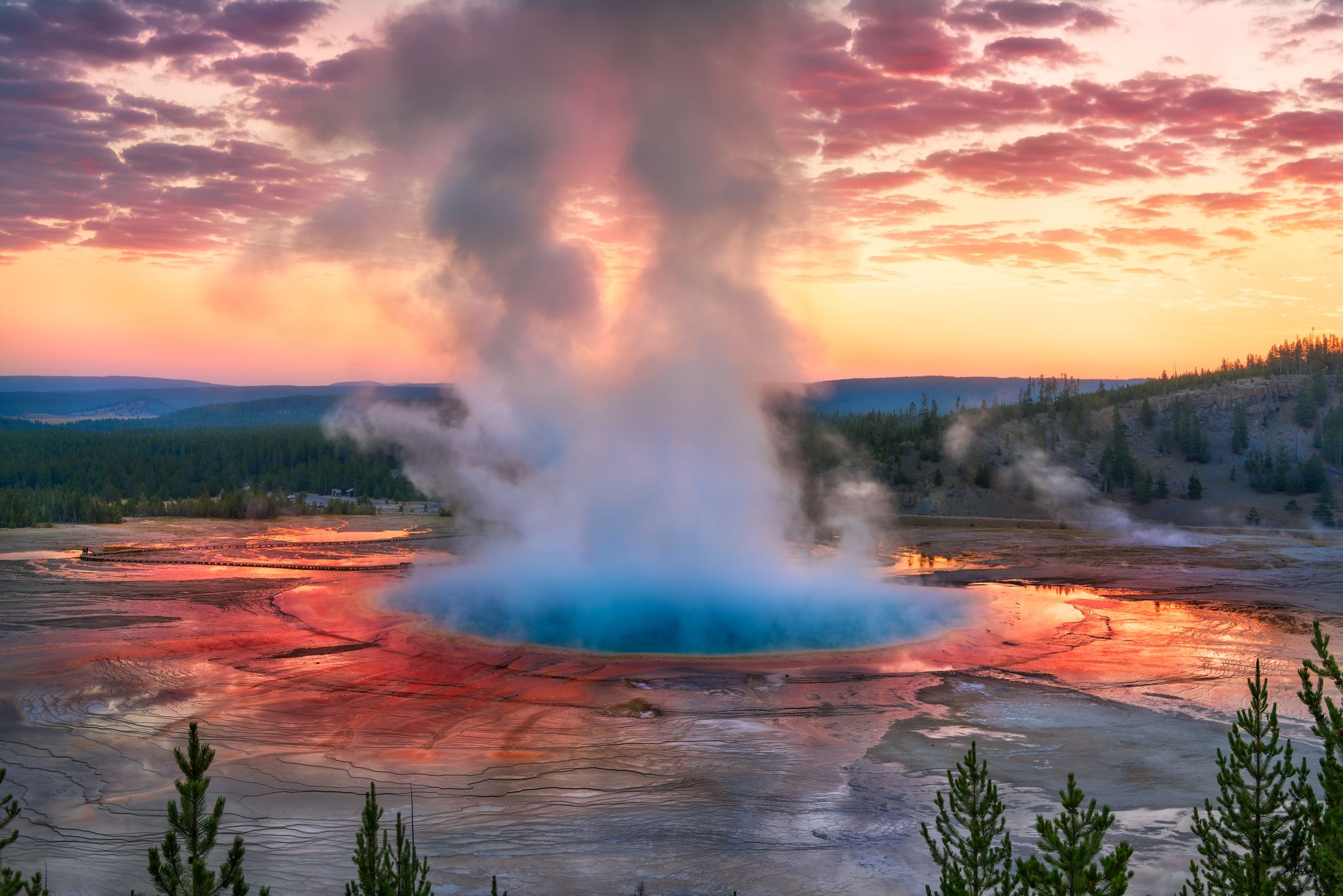
Yellowstone’s collection of hydrothermal attractions is staggering, and includes more than 10,000 mudpots, hot springs, fumaroles, and geysers. In fact, half of the world’s active geysers can be found inside the park.
Related: Under-the-Radar National Parks to Visit
The Most Famous Geyser Erupts 17 Times a Day
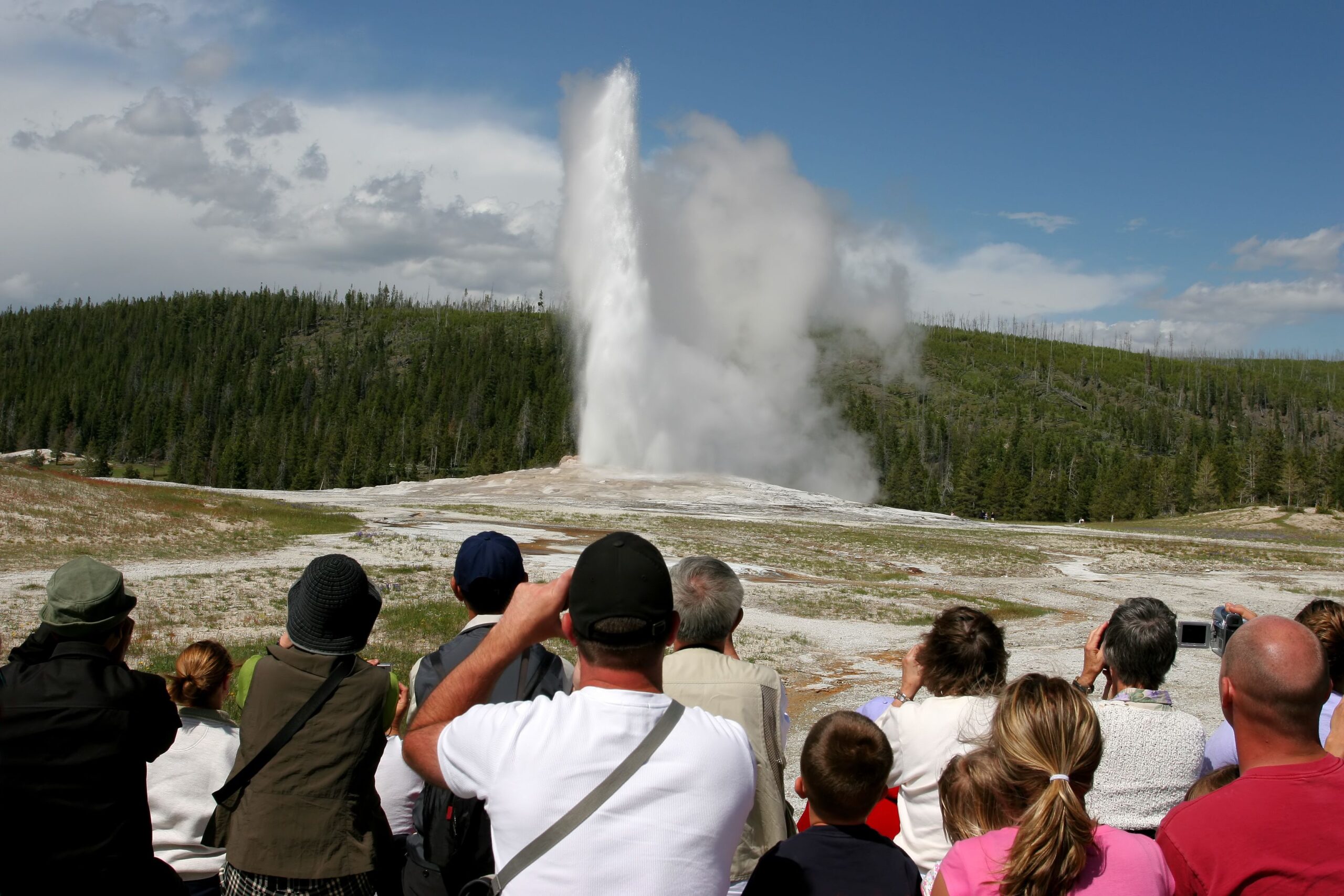
Of the more than 500 geysers located within Yellowstone, one has achieved global recognition: Old Faithful. Named for its regular eruptions, the time between eruptions has actually lengthened over the years. Still, Old Faithful is incredibly active, spewing water roughly 17 times each day.
The Tallest Active Geyser Title Goes to Steamboat
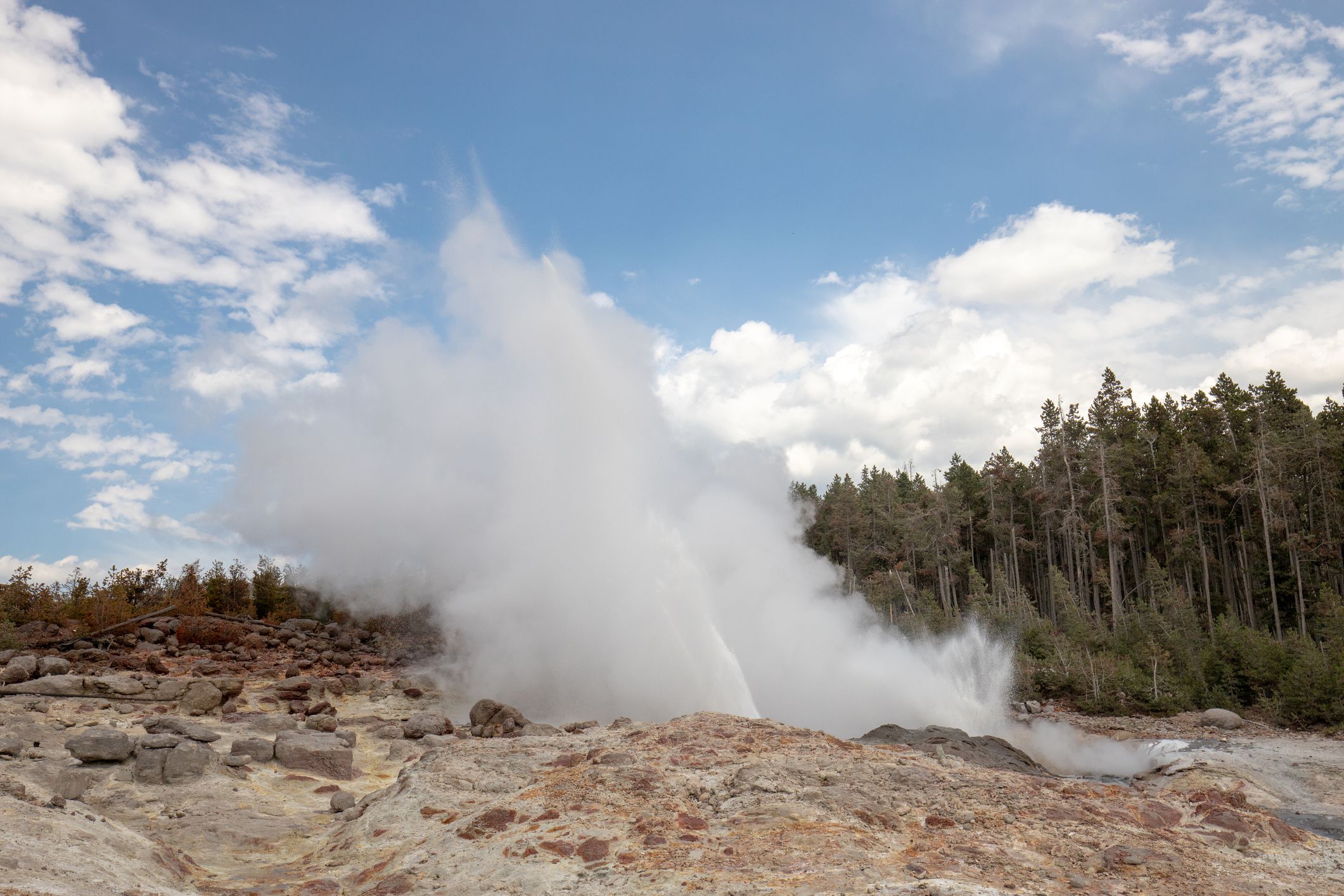
Old Faithful may be the park’s most famous hydrothermal attraction, but Steamboat Geyser deserves attention too. Located in Norris Geyser Basin, it’s the world’s tallest active geyser, shooting up water more than 300 feet. A major eruption can last anywhere from three to 40 minutes, creating a noise so loud that holding a conversation near the geyser is almost impossible.
Sign up for our newsletter
Bacteria Causes This Famous Spring’s Brilliant Colors
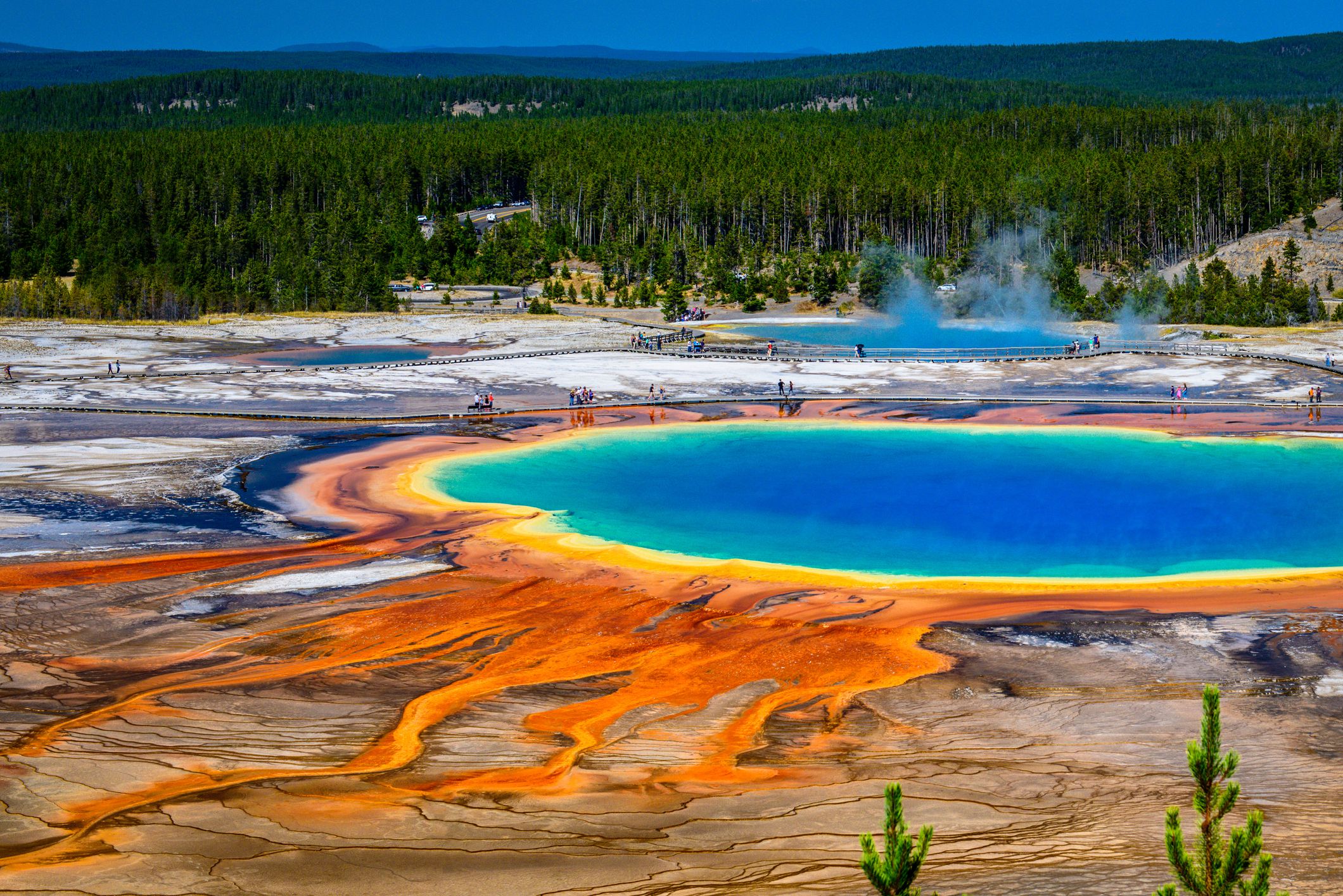
Yellowstone’s Grand Prismatic Spring is the largest hot spring in the United States, but what makes it stand out even more is its dazzling colors, from deep blue and green to a fiery yellow and orange. The cause: microbial mats — multilayered sheets of bacteria — that line the mineral-rich water, which produce different colors depending on the minerals and temperature of the spring. You don’t want to dip your toes in, as the spring’s average temperature is around 160 degrees Fahrenheit.
For more great travel guides and vacation tips, please sign up for our free newsletters.
It Has the Largest Concentration of Mammals in the Lower 48

It’s not just rife with bison — Yellowstone is home to the largest concentration of mammals in the contiguous United States, and close to 400 species overall. There are wolves, black bears, grizzlies, coyotes, bighorn sheep, and deer, with many of them located in the Lamar and Hayden valleys. Look to the skies, too: There are nearly 300 bird species living in the park.
Related:21 Places to Safely See Wild Animals Up Close
Gray Wolves Were Reintroduced to the Park in 1995
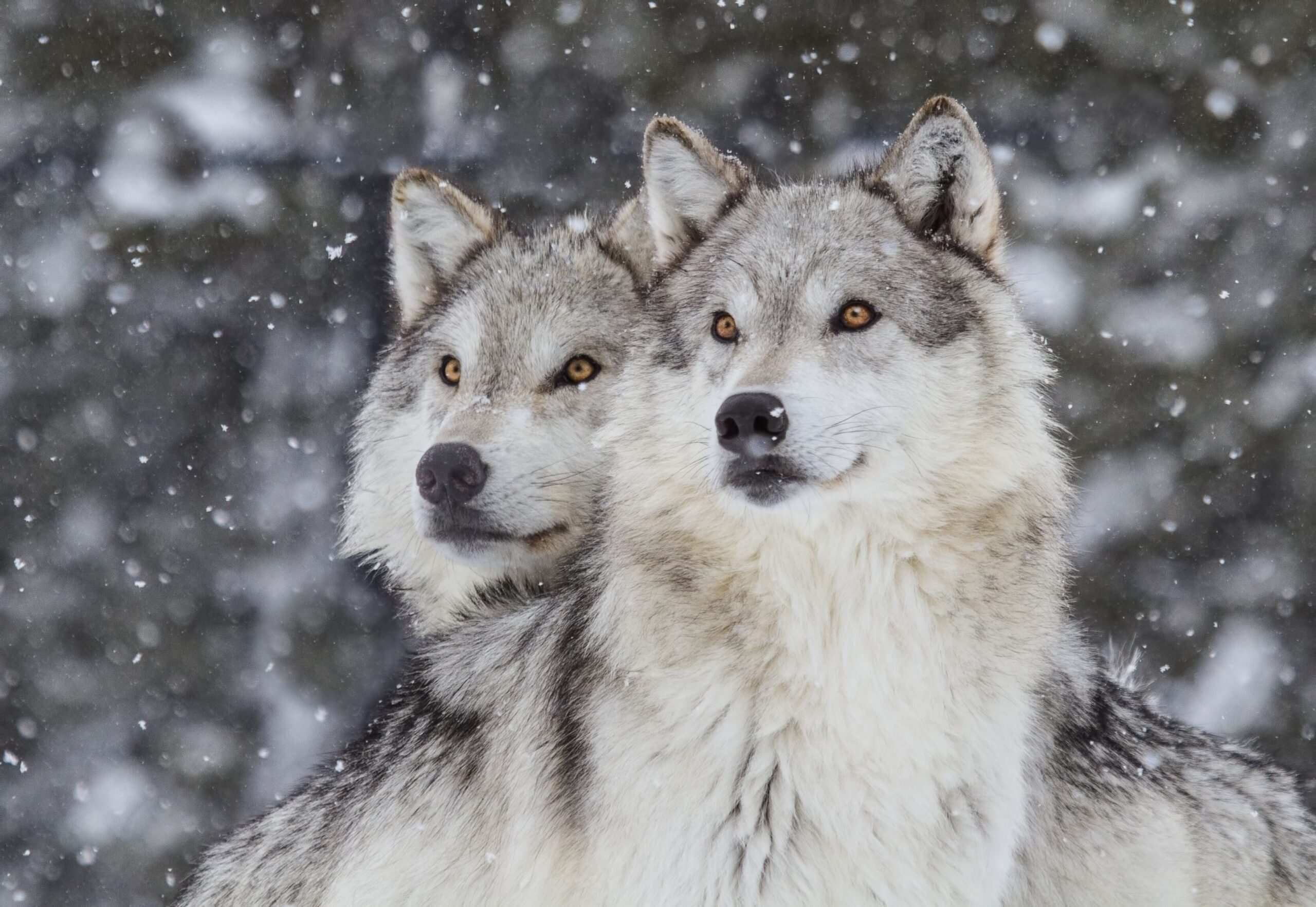
Like bison, wolf packs used to freely roam around Yellowstone. By the end of the 1920s, though, there wasn’t a single gray wolf left in the park after being hunted to eradication. In 1995, after decades of slowly realizing that wolves would benefit Yellowstone’s ecosystem, the park brought in eight wolves from Jasper National Park in Alberta, Canada. Though the wolf population continues to fluctuate, the park counted 94 wolves in Yellowstone in 2020.
134 Species of Butterflies Live in Yellowstone
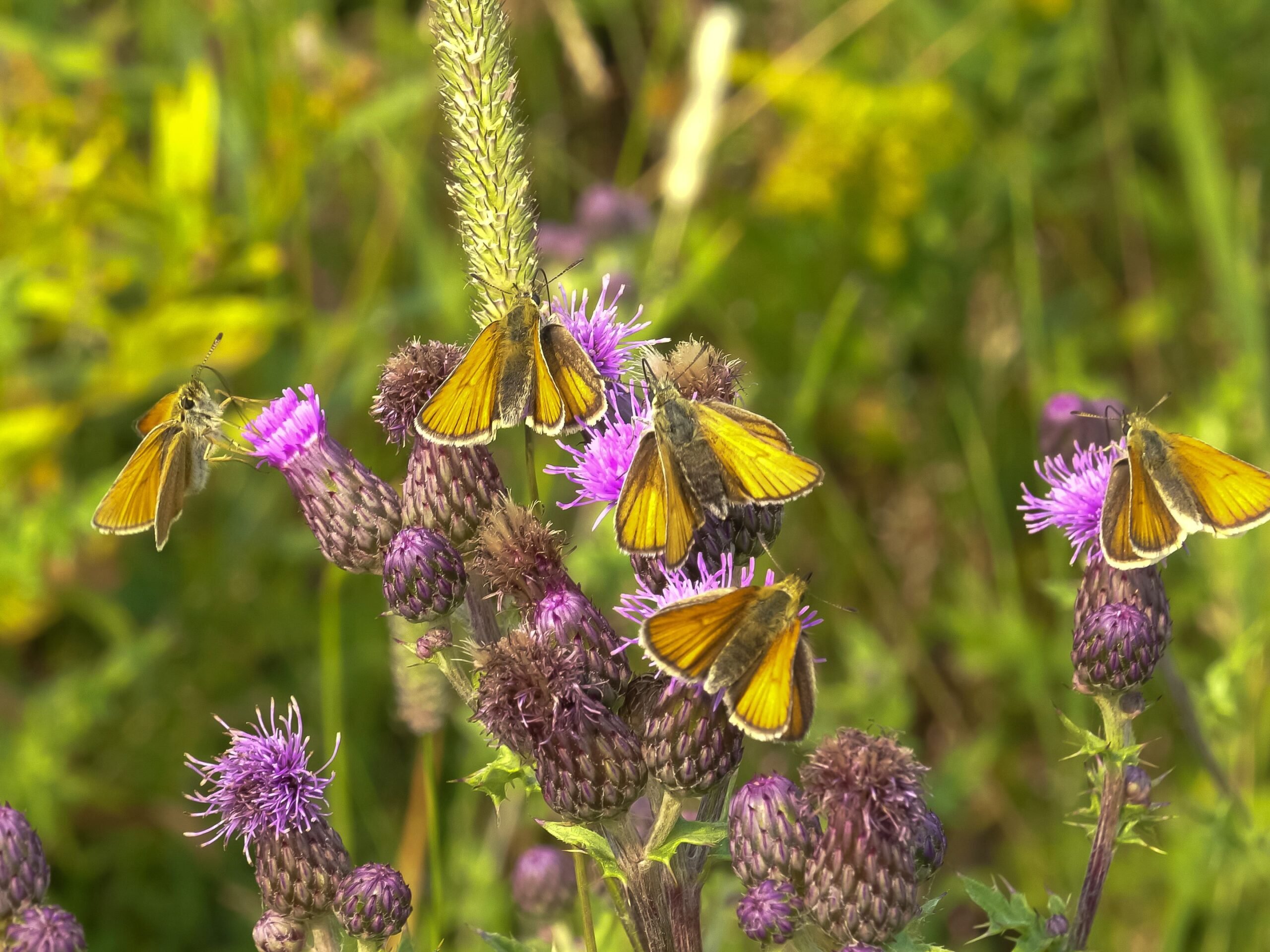
Mammals aren’t the only creatures populating the national park. There are 134 butterfly species that call Yellowstone their home, with some species so rare that they are only found within the park. Butterflies include Hayden’s Ringlet, Cabbage White, and the European Skipper. Yellowstone’s animal kingdom also includes 16 species of fish, five species of amphibians, and six species of reptiles.
Related:Attractions to See While Driving Across the Country
For a While, the Park Was Known as ‘Colter’s Hell’
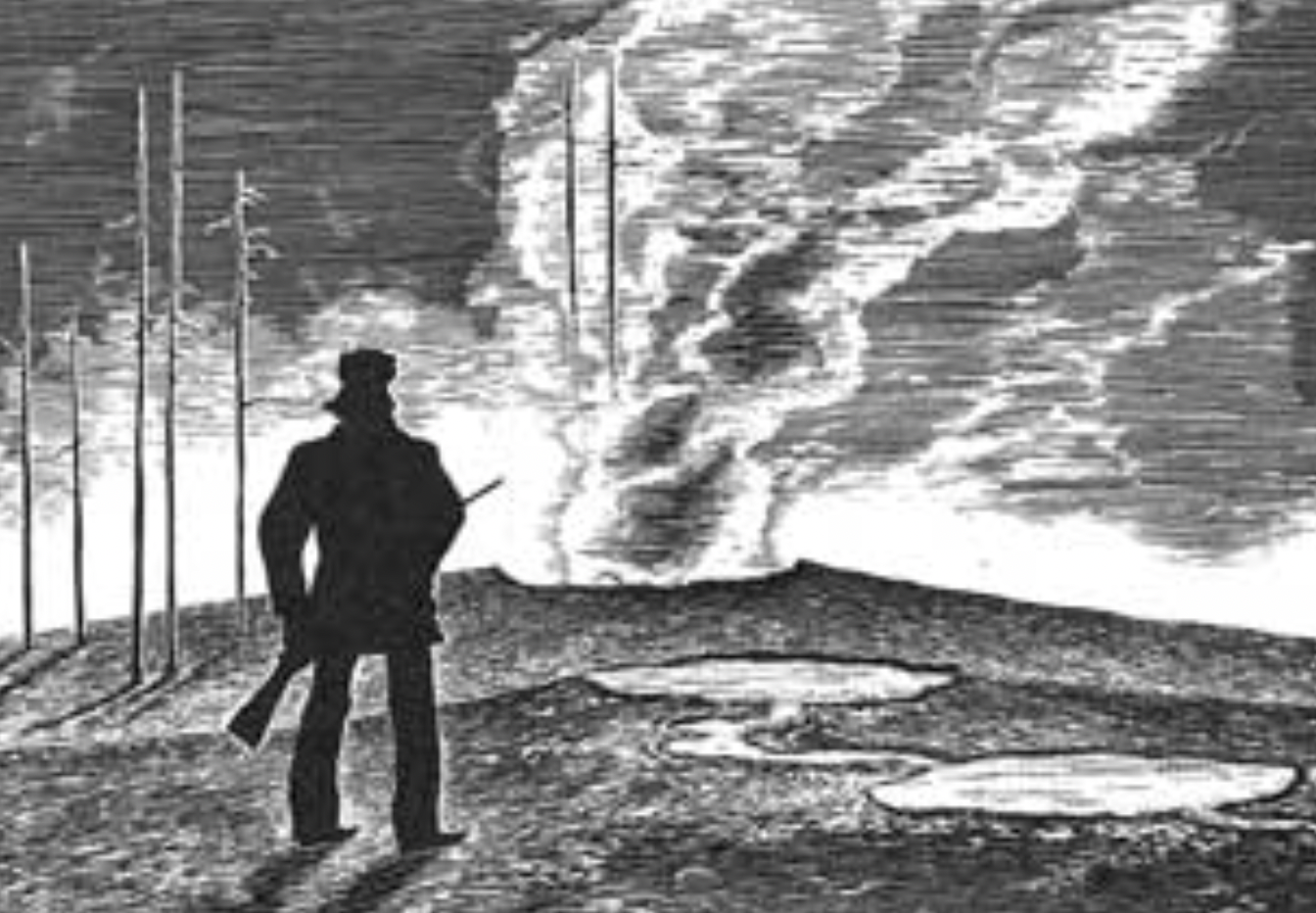
As the story goes, John Colter — a skilled outdoorsman and a member of the Lewis and Clark Expedition — became the first European-American to venture into what is now Yellowstone National Park around 1808. Colter shared his experience with others, detailing the hot springs and geysers — unusual thermal features that would have been cause for terror at the time. His reports led others to dub the area “Colter’s Hell.” Understandable!
Related: Awesome Views in All 50 States
Yellowstone Is Sitting on a Volcano
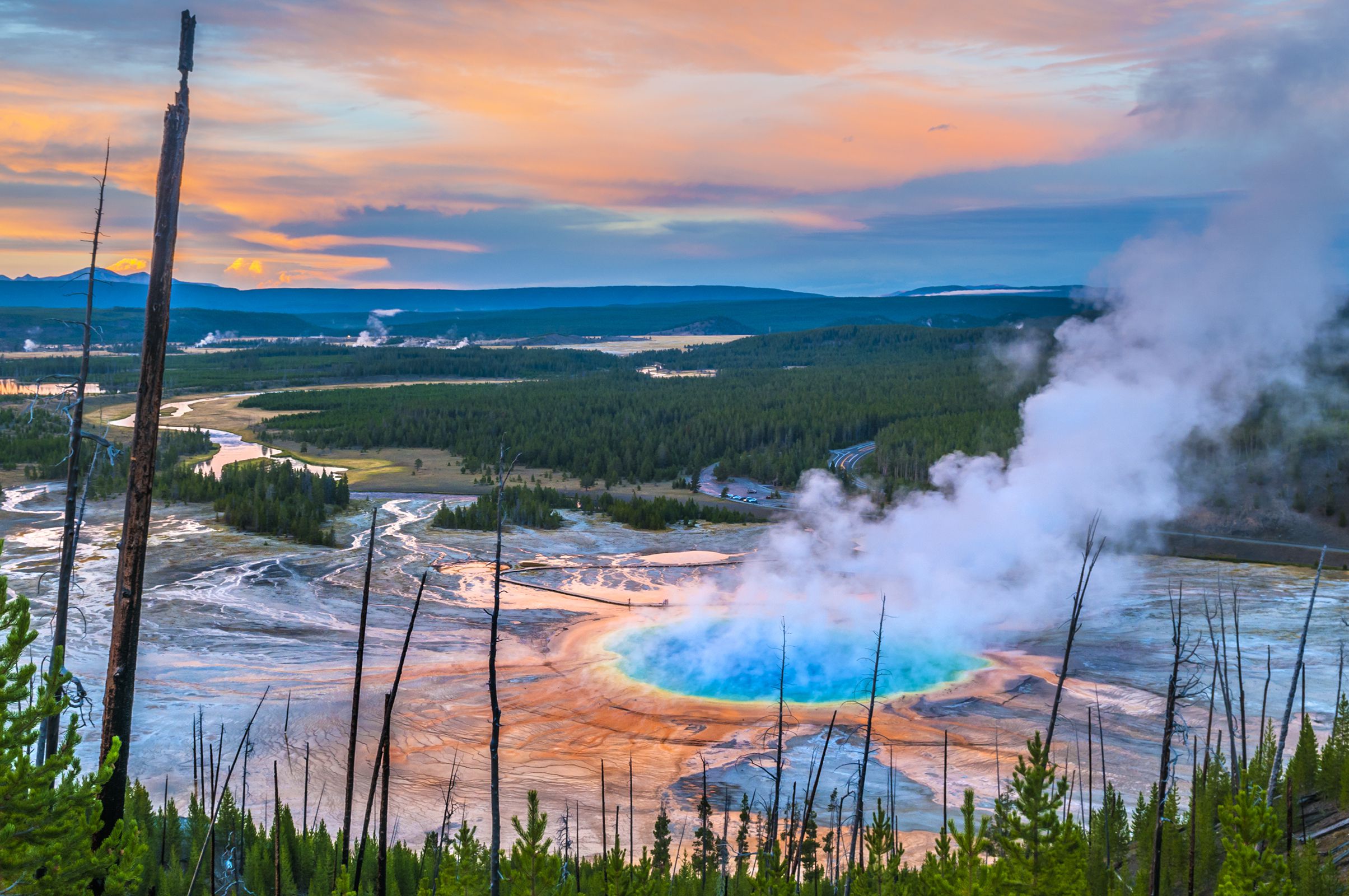
A supervolcano, that is — also known as a caldera. The caldera was formed during three eruptions, the last of which took place roughly 640,000 years ago. So could Yellowstone’s volcano, which is still active, erupt in our lifetime? Probably not: Any more activity will likely happen in the next thousands to millions of years, not hundreds of years. Some experts estimate that if it does erupt, it could result in over 90,000 immediate deaths.
Related: RV With a View: Scenic Spots to Park Across America
The Park Even Has Its Own Volcano Observatory

With everything bubbling up in Yellowstone, it’s only natural that the park has its own Yellowstone Volcano Observatory. The YVO monitors hydrothermal, volcanic, and earthquake activity in the Yellowstone Plateau region, and publishes a weekly column called the Yellowstone Caldera Chronicles, sharing glimpses into the geological goings on in the park.
Yellowstone’s Human History Dates Back 11,000 Years
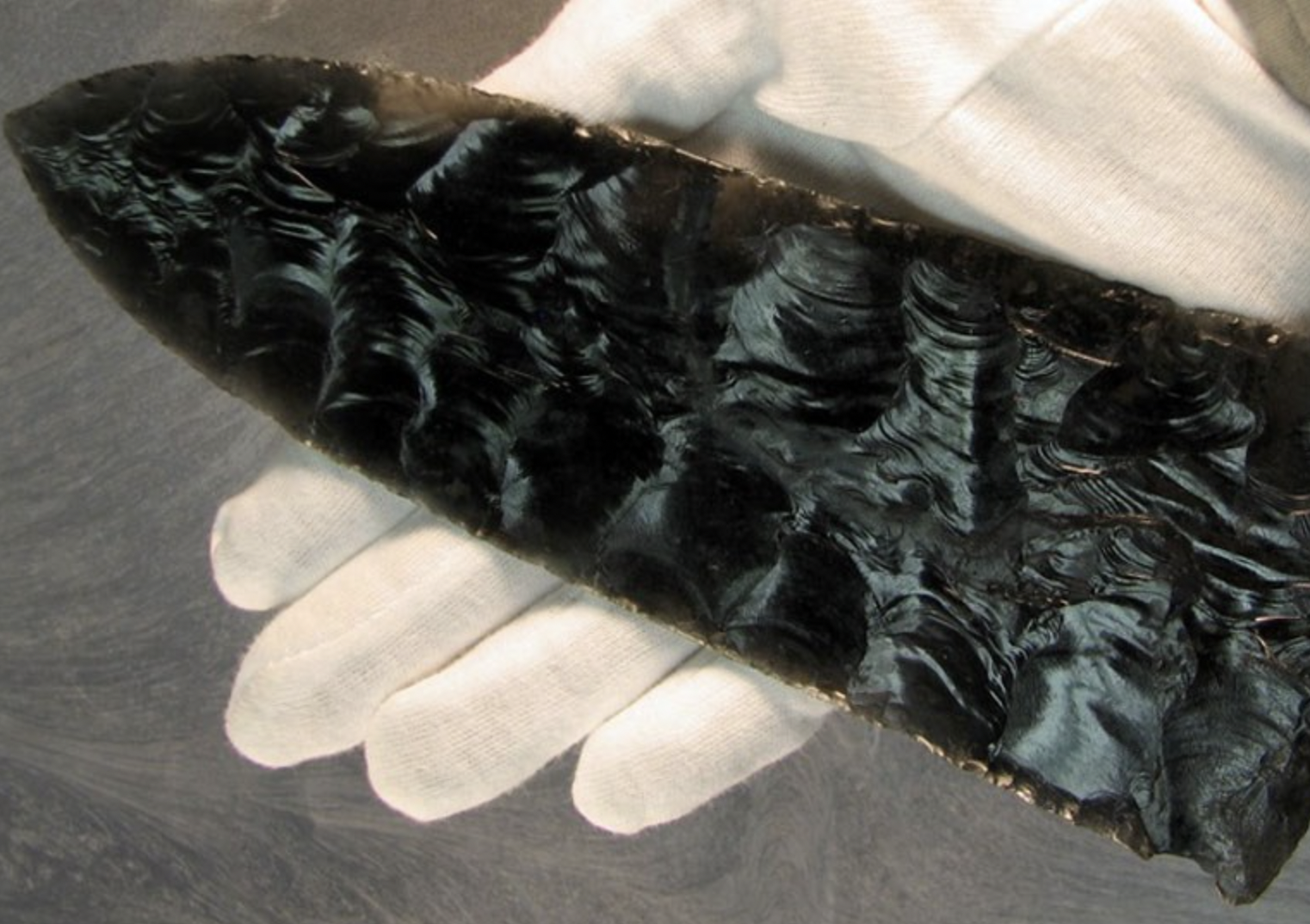
An 11,000-year-old Clovis-type spear point was found in 1959 near Yellowstone’s north entrance. Made of obsidian from Obsidian Cliff, a National Historic Landmark within the park, the archaeological find is the earliest evidence of tools being used by humans in the area.
Related: Historic National Park Photos for Vintage Views
27 Indigenous Tribes Have a Connection to Yellowstone
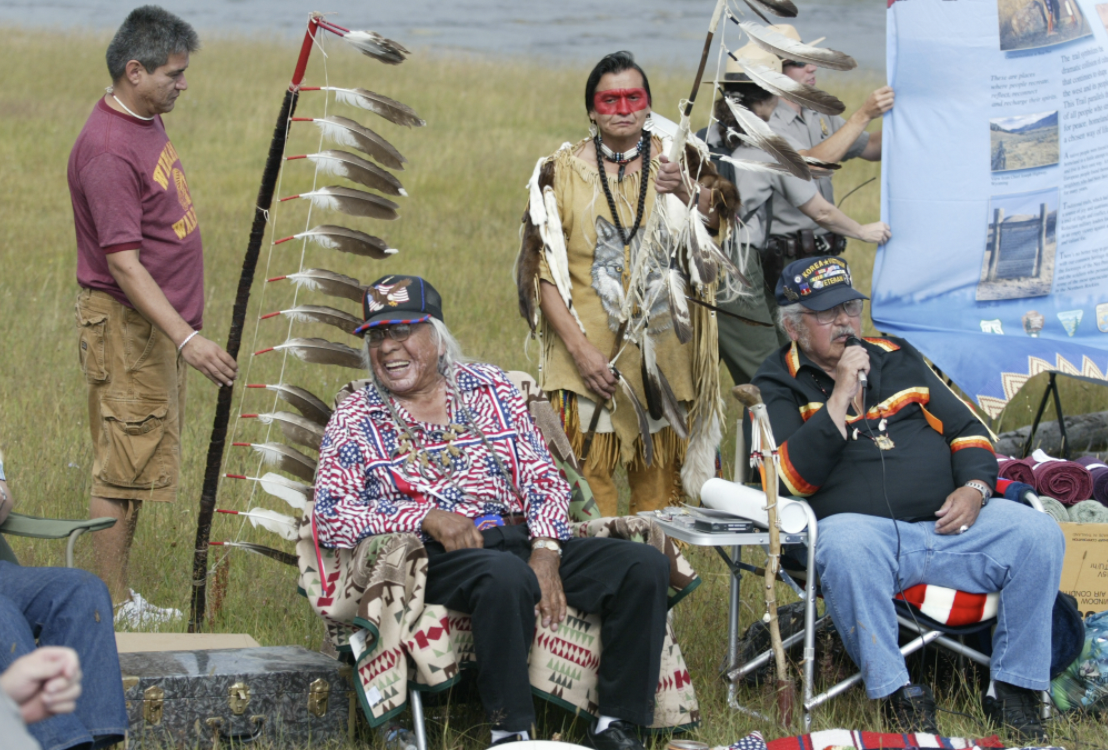
Long before Yellowstone became a tourist attraction, Native Americans lived and traveled across the area. Today, there are 27 current tribes that have connections to the land, including Blackfeet, Crow Creek Sioux, Standing Rock Sioux, and Turtle Mountain Band of the Chippewa.
There Are More Than 900 Miles of Hiking Trails
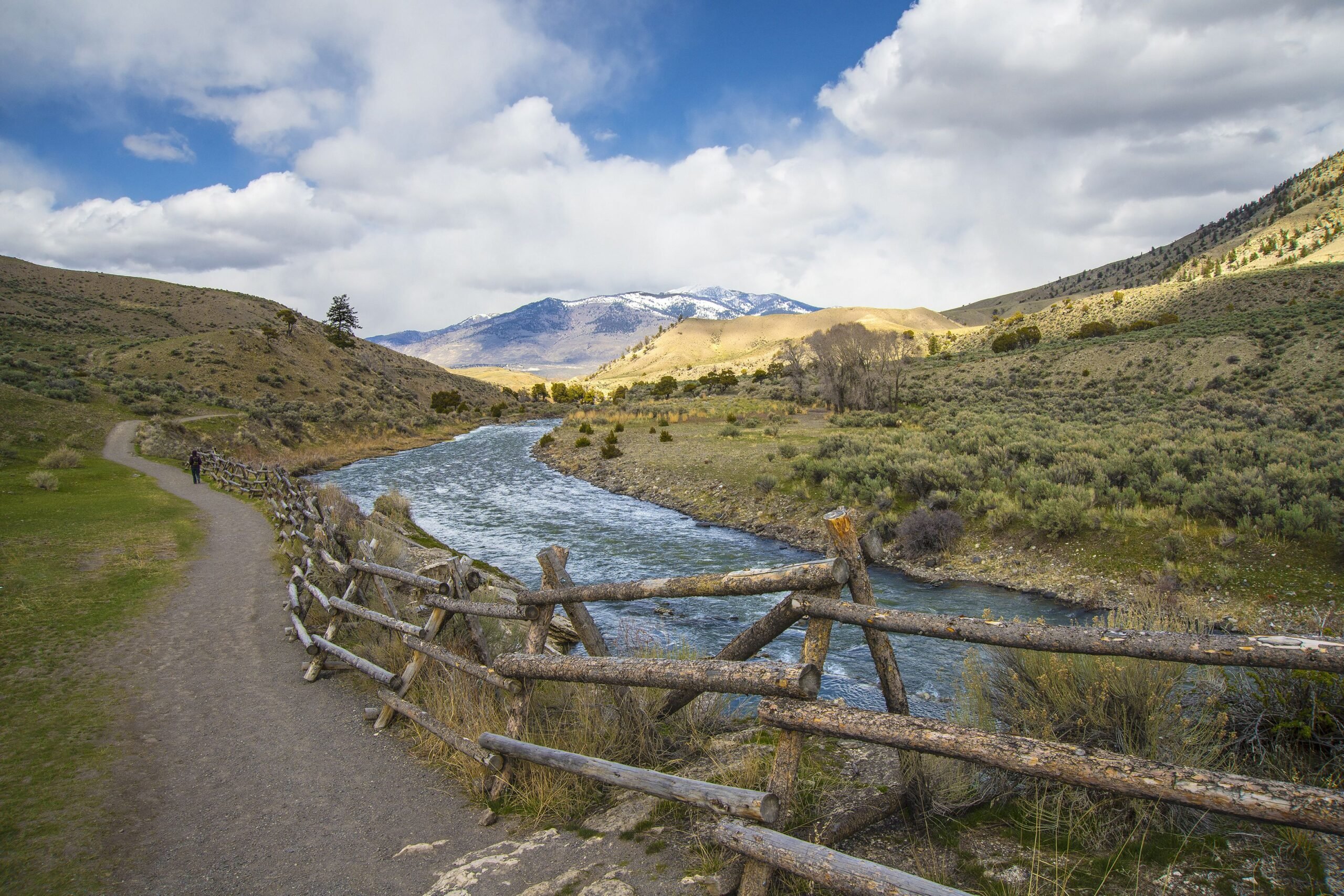
Visitors come from all over the world to trek through Yellowstone, which boasts more than 900 miles of scenic hiking trails, plus another 15 miles of boardwalks. Excursions range from day hikes like the Natural Bridge Trail to overnight backpacking trips, where you can camp at one of more than 2,150 campsites.
Related: The Most Beautiful Camping Spots in America
Lake Yellowstone Is the Park’s Oldest Operating Hotel
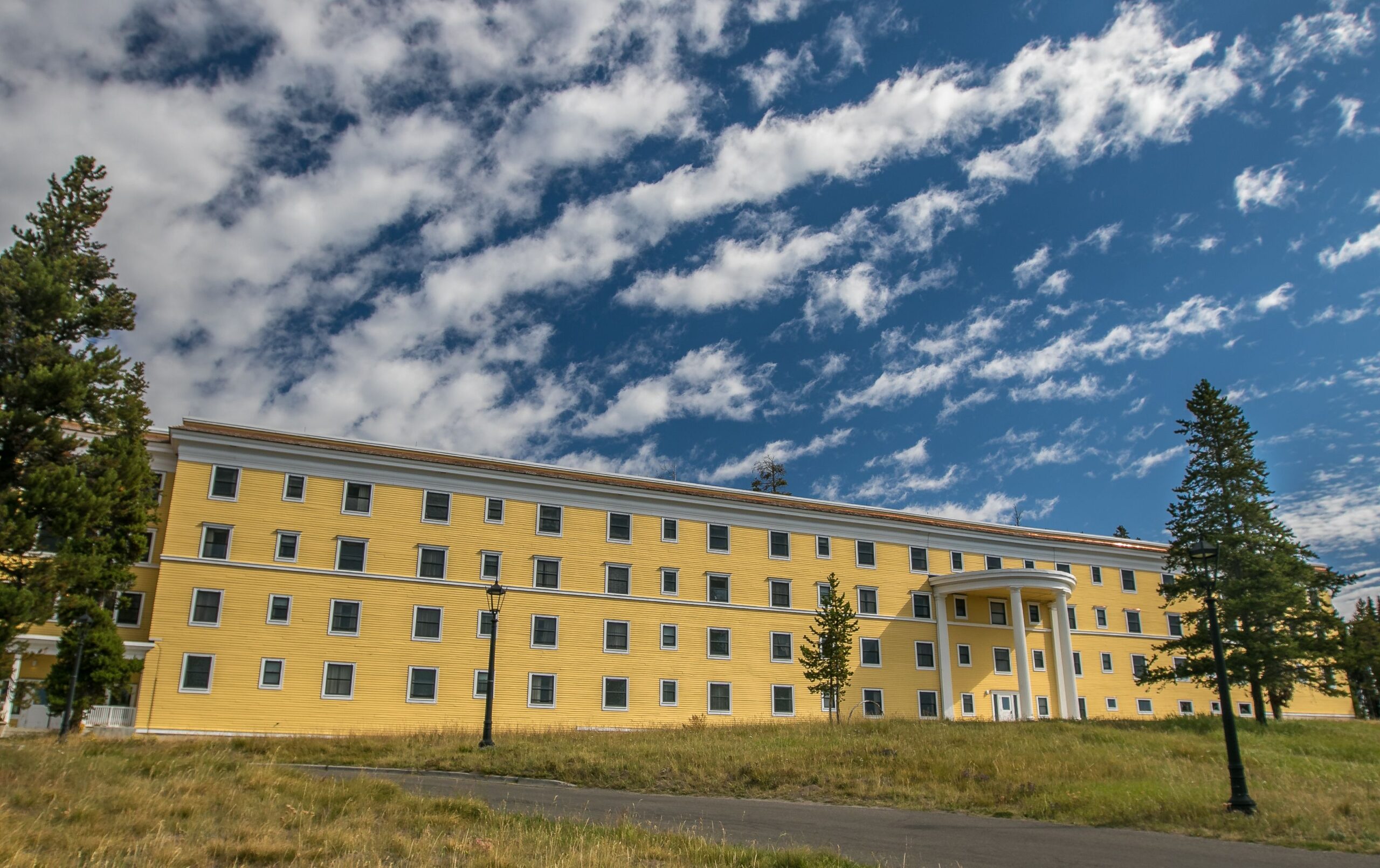
Experience a piece of history by staying at Lake Yellowstone Hotel, a National Historic Landmark. The storied building that overlooks Yellowstone Lake was constructed in 1891 and initially designed by architect N.L. Haller, then given a revamp in the early 20th century by architect Robert C. Reamer. Today the hotel is owned by the National Park Service, and draws guests from all over the world.
Related:The World’s Most Remote Hotels
Yellowstone Has Its Very Own Grand Canyon
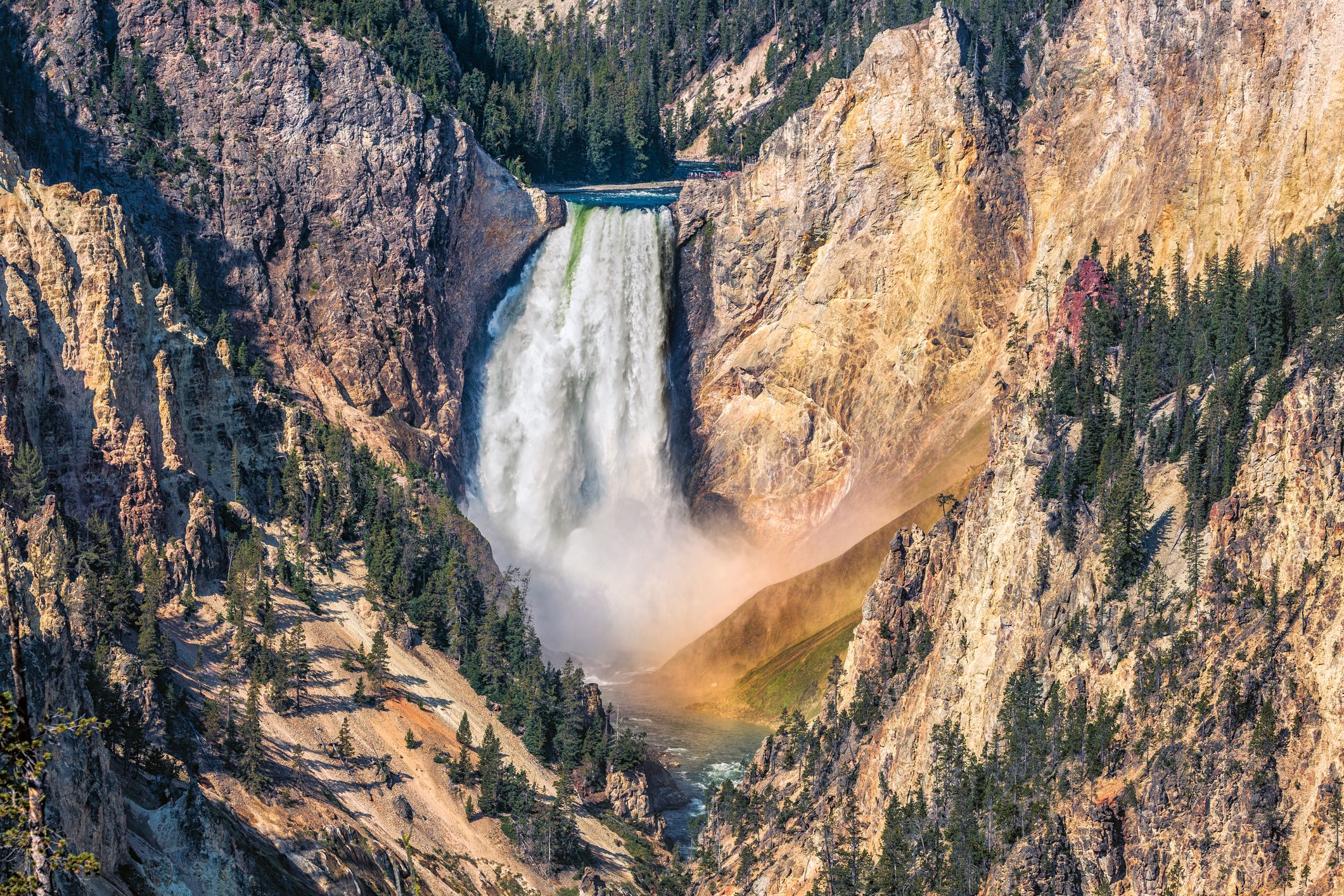
While Arizona’s Grand Canyon is its own spectacular attraction, Yellowstone’s Grand Canyon is worth a visit too. At 20 miles long and up to 4,000 feet wide in certain areas, it holds one of the park’s most breathtaking vistas, complete with the Upper and Lower Falls of the Yellowstone River. Mineral stains have given the canyon’s walls a dazzling pink and yellow tint.
Related: The One Thing You Must Do in Every State
Hundreds of Earthquakes Roll Through Each Year
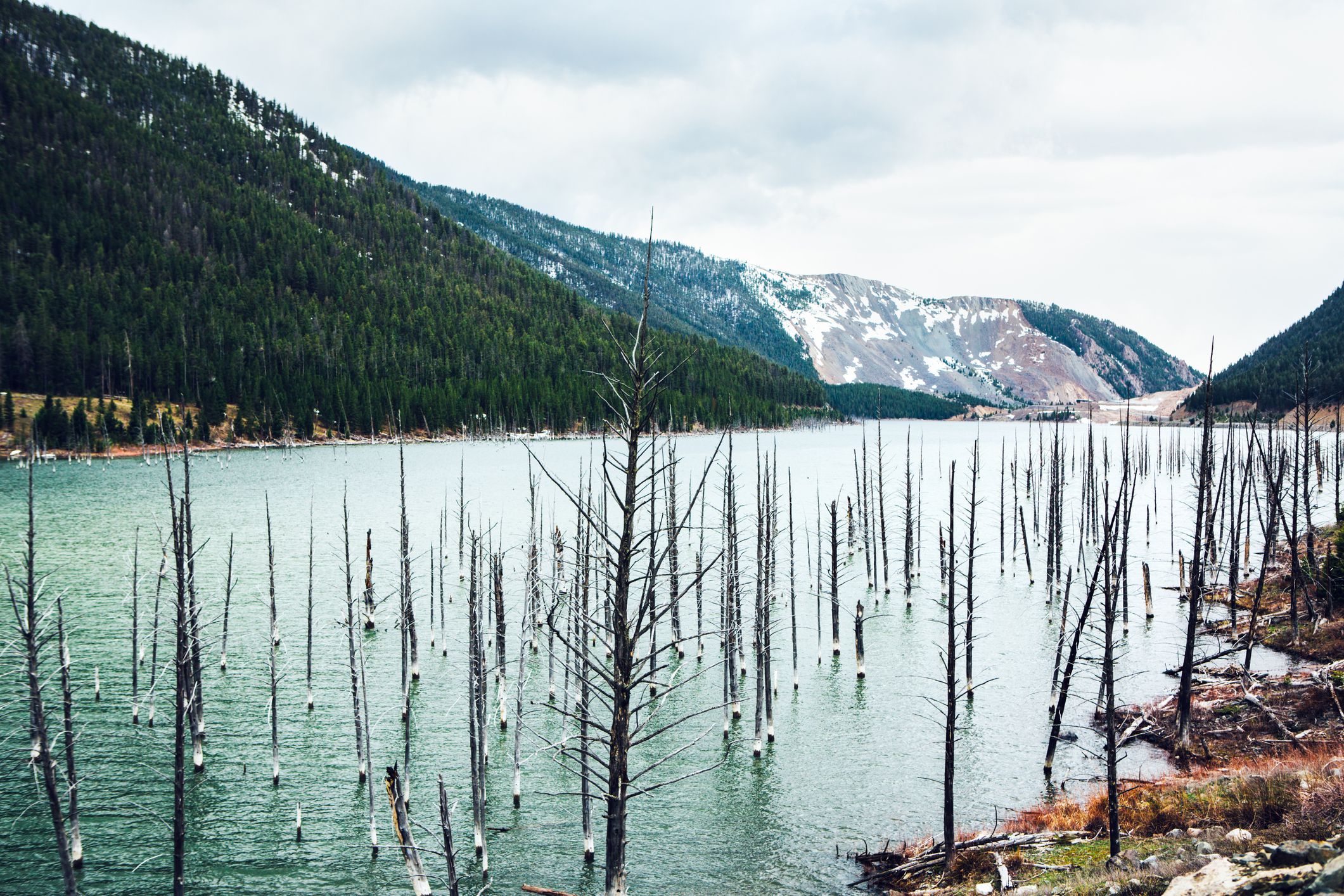
Between 700 and 3,000 earthquakes send tremors through the park every year, though most visitors don’t feel them. These earthquakes help keep the hydrothermal sites active, and generally occur in “swarms,” or clusters. The last major earthquake in Yellowstone was on June 16, 2017, and registered at 4.36 on the Richter scale.
The Longest Undammed River in the U.S. Flows Through Yellowstone
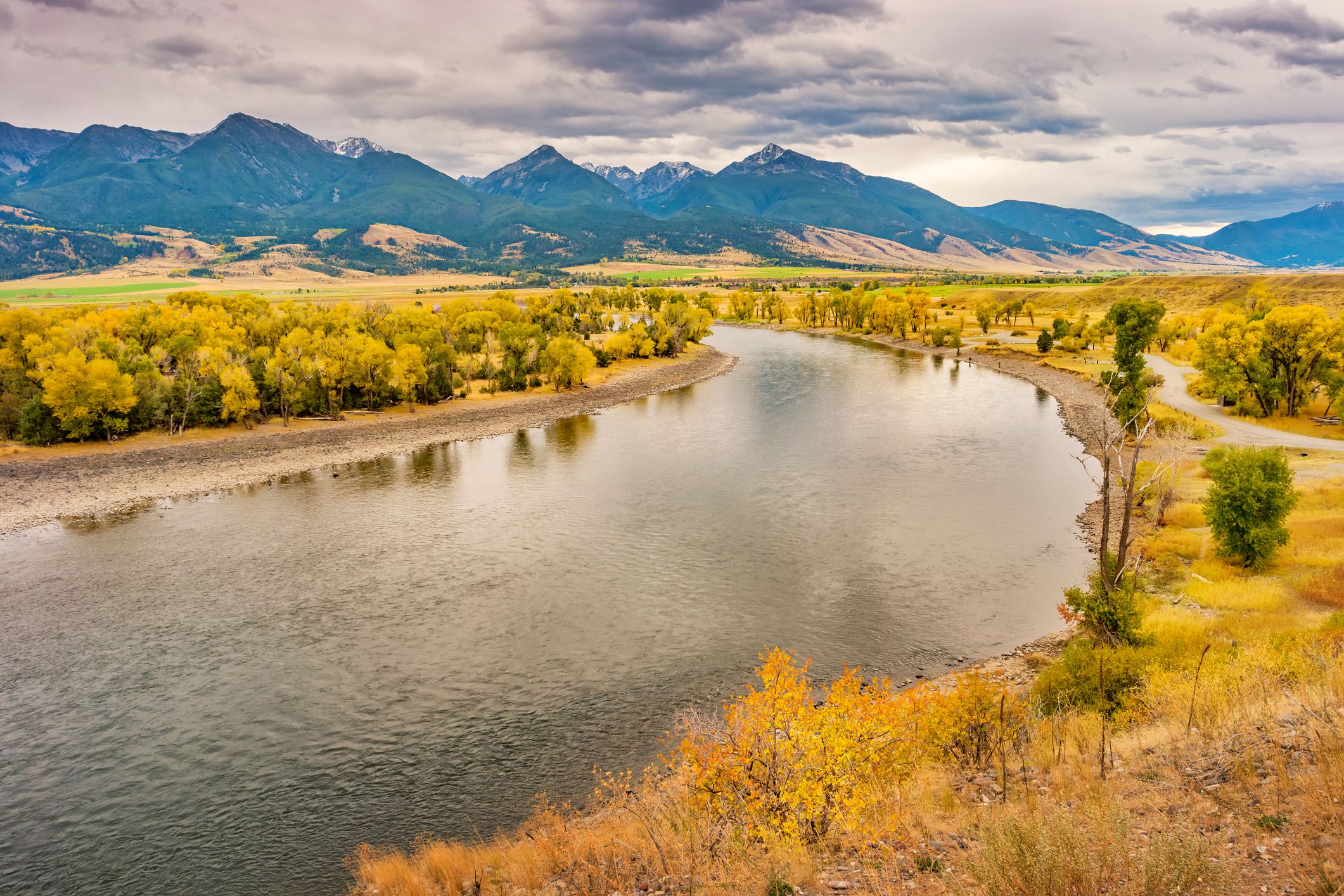
That would be Yellowstone River, a nearly 700-mile-long river that begins in the Absaroka Range in Wyoming. A tributary of the Missouri River, which feeds the Mississippi River, the Yellowstone River’s waters eventually empty into the Gulf of Mexico. Within the park, the river flows through Yellowstone Lake and over the Upper and Lower Falls of the Grand Canyon, before winding through Black Canyon and leaving the park near Gardiner, Montana.
Related: The Most Beautiful River in Every State
Over 3 Million Visitors Flock to the Park Each Year
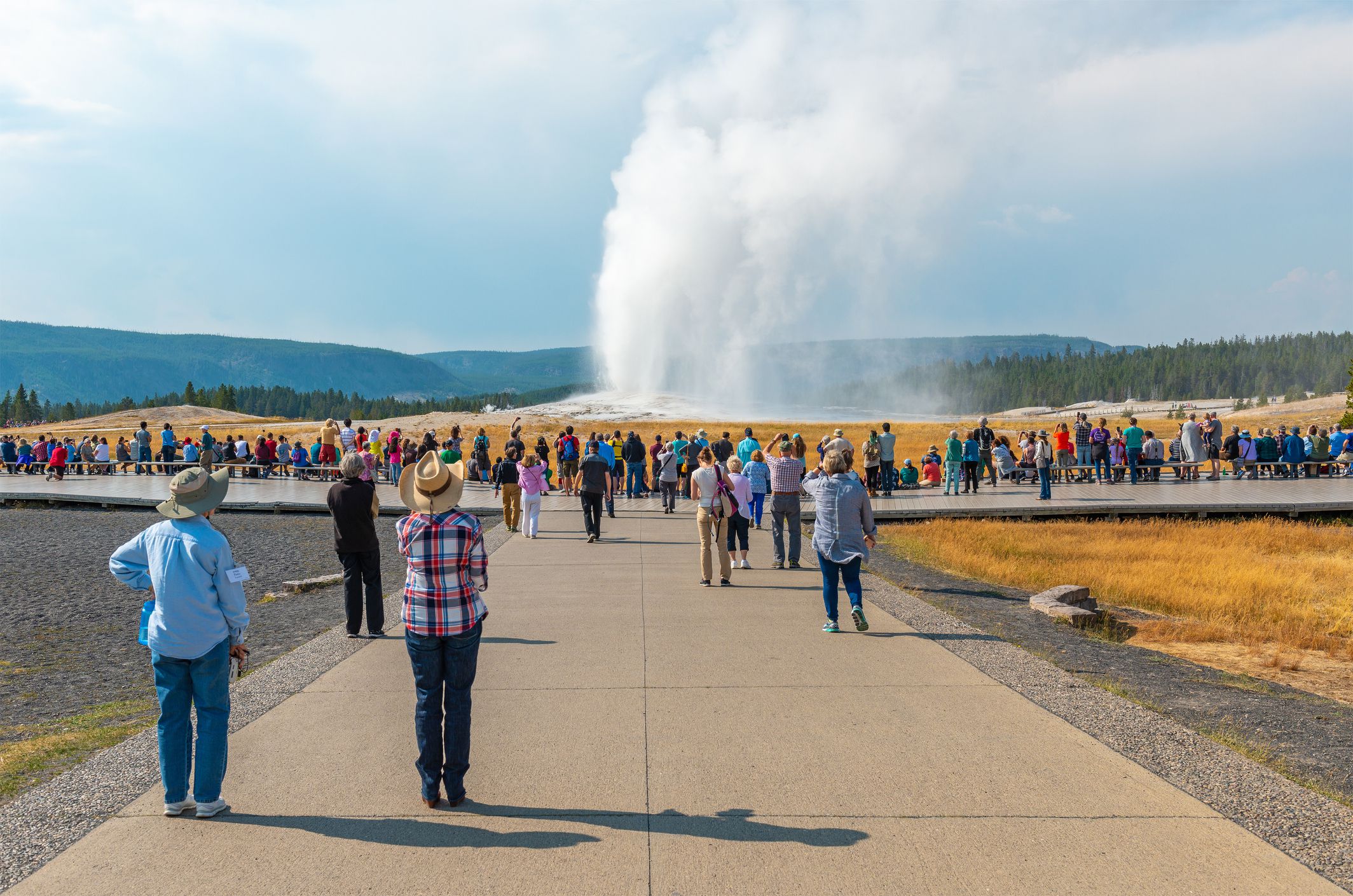
Ever since private cars were allowed to enter Yellowstone in 1915, the park has seen a growing number of visitors hoping to experience all that Yellowstone has to offer. Since 2018, more than 3 million visitors have traveled to Yellowstone each year. In 2016, the park saw a peak of 4.26 million visitors.
Related: Scenic Roads You Can Drive Only in Summer
Theodore Roosevelt Has an Arch Named After Him Here

The Roosevelt Arch, located at Yellowstone’s Gardiner entrance, was designed to serve as a memorable entryway into the park. In 1903, when it was only partially constructed, President Theodore Roosevelt just happened to be spending his vacation in the park, and was asked to speak at a dedication ceremony. As a tribute, the arch was named after him — even though Roosevelt never returned to Yellowstone after his vacation.
Bears Once Had Their Own Lunch Counter in the Park
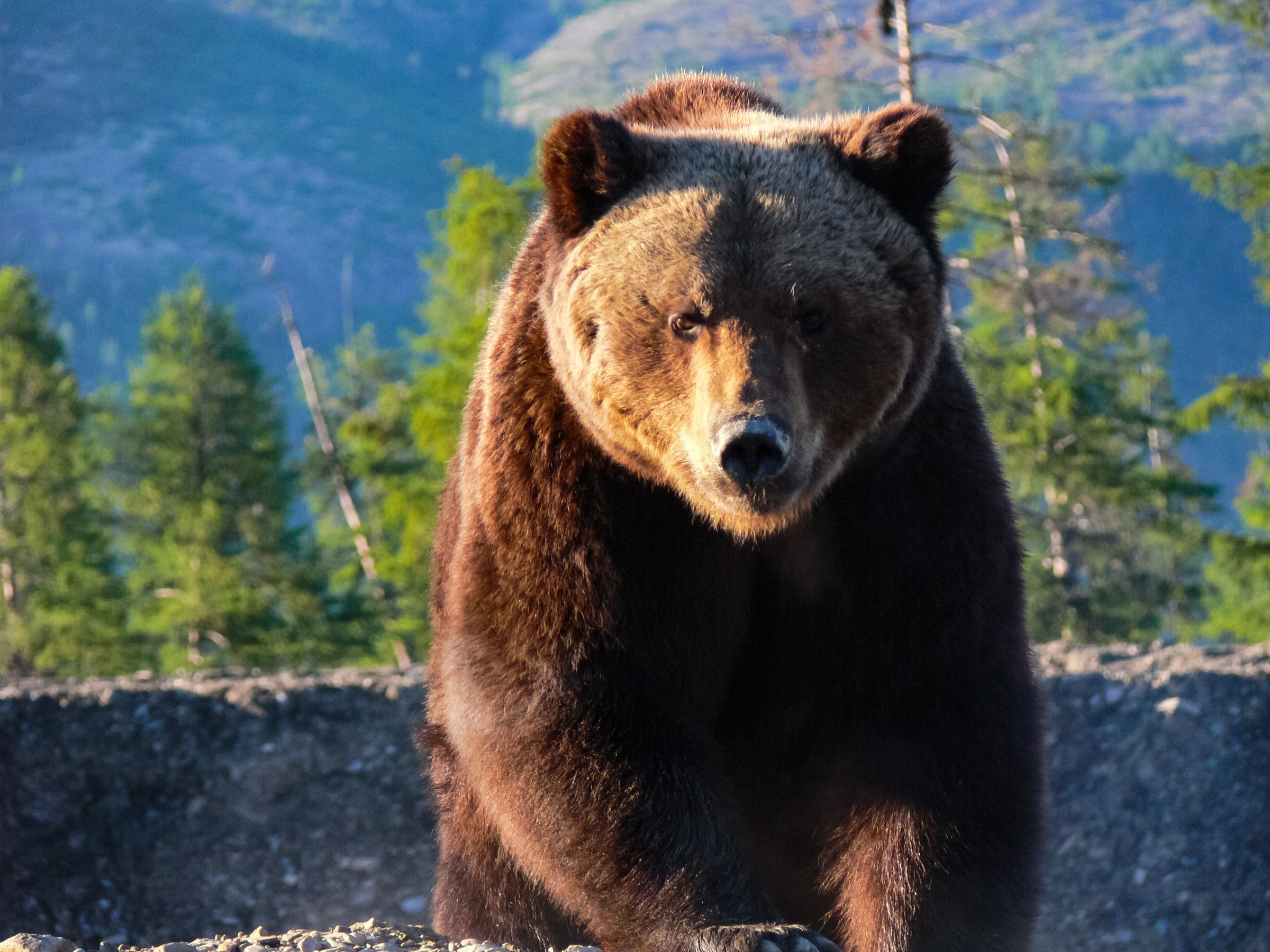
Today’s Yellowstone visitors are likely aware of how important it is to properly dispose of and store food so as not to attract bears. But in the early 1900s, leftover scraps were purposefully left out for bears. A garbage dump near Old Faithful got a feeding platform and a sign that read “Lunch Counter for Bears,” and the park encouraged visitors to congregate at night to watch the bears ruffle through the trash.
Yellowstone Is Throwing Multiple Birthday Bashes
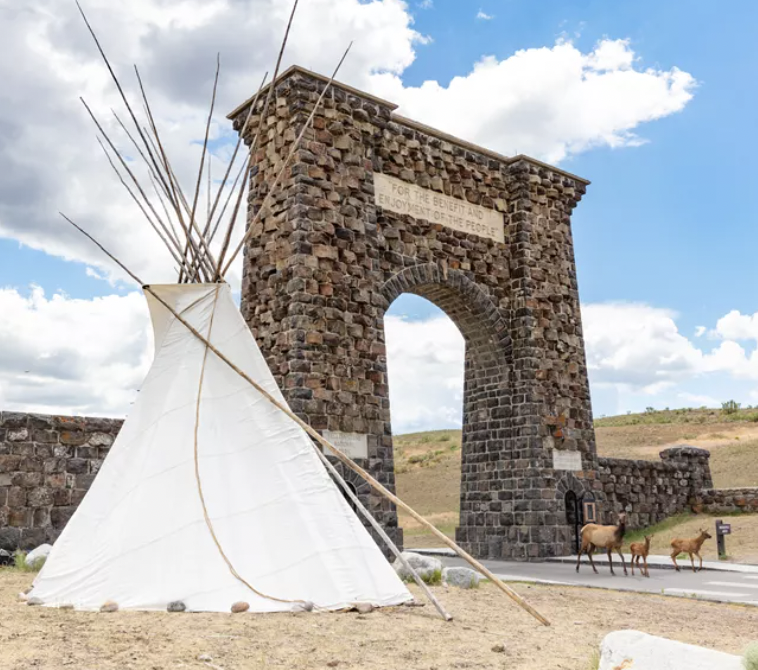
To mark 150 years as a national park, Yellowstone has events planned throughout the year, including a summer field seminar and the installation of a teepee village near the Roosevelt Arch in August, where various tribal members will speak with park visitors about their cultures. Yellowstone’s Tribal Heritage Center will also showcase artwork from Indigenous artists, and will invite tribe members to present and engage with park guests.
